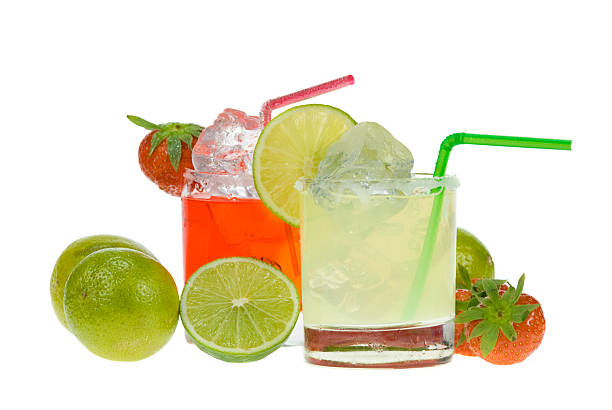A new report states that Australians are “swimming in” a glut of wine, which will keep prices low even if China lifts tariffs against Australian winemakers or increases imports.
The 2023 Wine Quarterly report by Rabobank shows that the amount of wine stored in Australia is 2 billion liters. This is the equivalent of 859 Olympic Swimming Pools or 2.8 billion bottles. This is partly due to Chinese tariffs that have caused Australian wine exports in Asia to drop by a third over the last two years.
Pia Piggott, associate analyst at RaboResearch, said that the tariffs coincided with several factors which led to a dramatic oversupply.
She said that the tariff was a result of an exceptional growing period and Australia’s biggest crush ever.
The wine production for the vintage ’21 increased by 36 percent year-on-year, which, in any event, would have led to an oversupply.
This coincided with Covid and logistics bottlenecks, as well as inflation, which were major obstacles to plans for growth and diversification of exports.
The price of Australian commercial red wine has significantly decreased, and the oversupply issue remains.
Winemakers are encouraged by China’s recent decision on barley tariffs.
Rabobank, however, expects that the glut of supply will remain even if China lowers its import taxes. This is due to a combination of declining consumer demand and difficulties faced by winemakers in increasing exports to other markets.
She said that “Chinese consumers started to transition away from wine, as part of an overall decline in alcohol consumption per capita; however the declines for wine were greater than those for beer and spirits.”
“The economic slowdown and the tightening of budgets have both played a part in reducing consumption to levels that we haven’t seen since the 1990s.”
The report stated that it would take at least two more years for the industry to exhaust the current surplus.
The report said that “to return to balance, and profitability, we need to reduce acreage. Over the next five year, we will see a rationalisation of assets across the entire supply chain.”
The report stated that as producers face “margin-pressure”, consumers can expect to enjoy quality wine at lower prices, and investors may be able to grab bargains when “distressed vineyards” are put up for sale.




